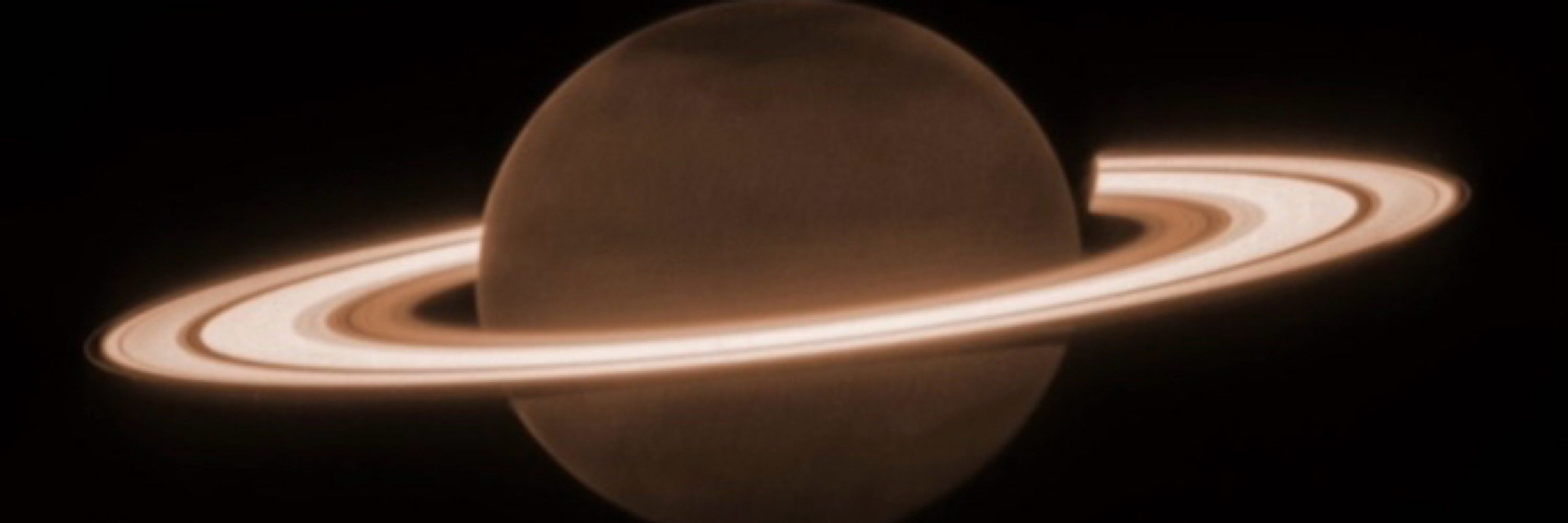
Science Communicator
<driven by curiosity | powered by science>
Congrats to lead author @gjgilbert.bsky.social on the discovery! Direct any questions to him!
Check out the press release and paper here: newsroom.ucla.edu/releases/ecc...
Congrats to lead author @gjgilbert.bsky.social on the discovery! Direct any questions to him!
Check out the press release and paper here: newsroom.ucla.edu/releases/ecc...


A couple things to keep in mind ⬇️

A couple things to keep in mind ⬇️
Small planets are modest hobbits, Large planets are wild ogres
Small planets are modest hobbits, Large planets are wild ogres



This important discovery by Johannes Kepler proved that the Sun and NOT the earth was not the center of the solar system

This important discovery by Johannes Kepler proved that the Sun and NOT the earth was not the center of the solar system
It’s not just their sizes, we can also learn a lot about planets by studying the shapes of their orbits!
It’s not just their sizes, we can also learn a lot about planets by studying the shapes of their orbits!

